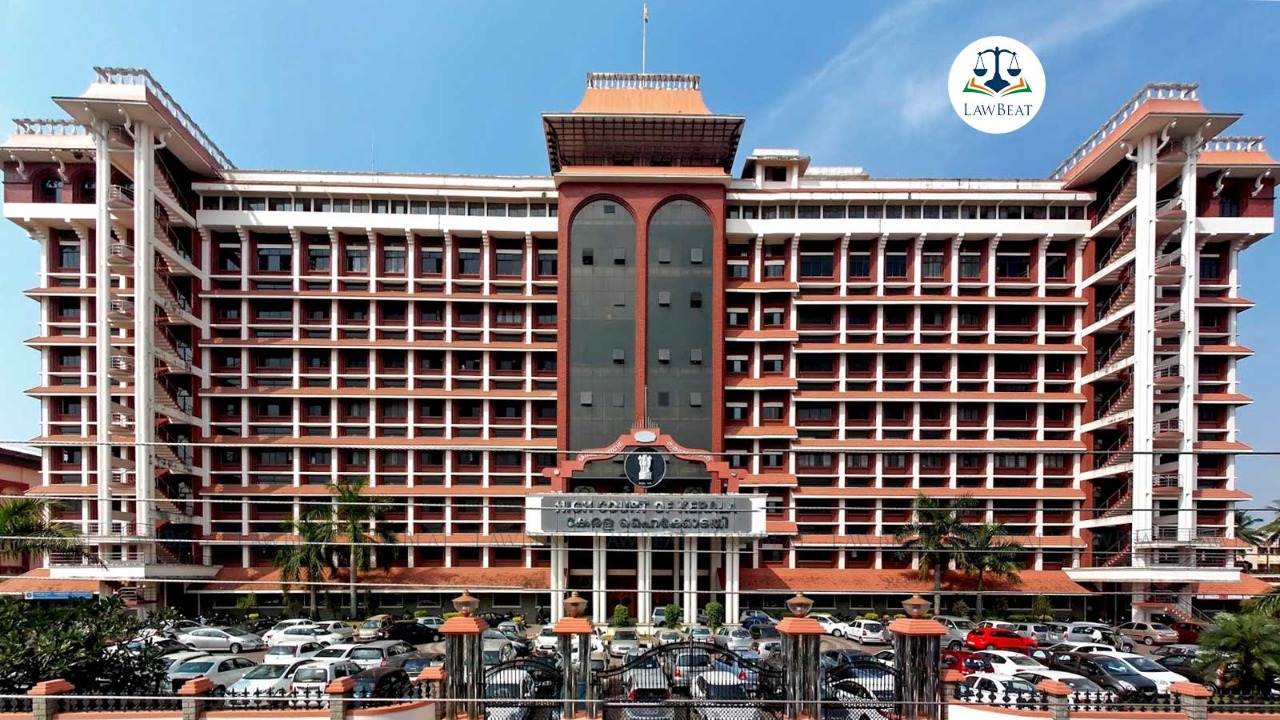Neurostimulator is a therapy not a treatment: Kerala HC holds 19 year old with Dystonia eligible under PwD for KEAM courses

“Treatment is used in the sense of cure, ‘therapy’ is used in the sense of rehabilitation”, Justice VG Arun opined.
The Kerala High Court in a rather leading judgment has held that neurostimulators provides only relief to the symptoms and is neither a treatment nor a cure.
The matter under scrutiny was that a 19 year old boy suffering from a primary generalised dystonia had a 40% permanent disability for which he had applied for a quota otherwise available to persons with benchmark disabilities. But his eligibility was denied under the PwD 5% quota on the ground that no disability was found after the implanted Neurostimulator.
He had applied for a common admission to professional degree courses through KEAM-2022 and secured Rank No.33975, and had chosen Veterinary as his optional course.
After noting the observations of the State Medical Board, the medical certificates, and the benchmark disability of the boy, a bench of Justice VG Arun opined,
“There is essential difference between the terms ‘treatment and ‘therapy’. While treatment is used in the sense of cure, ‘therapy’ is used in the sense of rehabilitation. Ext.P2 medical certificate shows that the neurostimulator implanted surgically delivers electrical impulses into the Globus Pallidus Internus Deep Brain area of the petitioner's brain in a precisely programmed manner resulting in relief of dystonia symptoms. It is hence evident that the neurostimulator provides only relief of the symptoms and is neither a treatment nor a cure”.
For understanding Dystonia, it is a movement disorder that causes the muscles to contract involuntarily. This can cause repetitive twisting movements. Generalised dystonia occurs when the movement disorder is not limited to a single part of the body, but affects multiple muscle groups. In the present case the petitioner was advised bilateral Globus Pallidus Internus Deep Brain Stimulation.
In the pertinent matter the candidate’s eligibility under the quota was first denied by a State Level Committee for not being suitable for studying medical and medical allied courses. Then on approaching the State Medical Board, it was denied again on the ground that the petitioner was found to be having zero percentage disability with the neurostimulator.
In the submissions of the State Medical Board, they contended that upon medical examination they found that with the treatment being provided by implanting the neurostimulator, the petitioner had zero disability and that the petitioner had no dystonia, bradykinesia, dysarthria, weakness and disability.
Therefore, the question before the Court was whether the implant of a neurostimulator can be equated to medical treatment or whether it is only a therapy.
While highlighting the definition and the connotations of the words used, Justice Arun stated, “There is essential difference between the terms ‘treatment and ‘therapy’. While treatment is used in the sense of cure, ‘therapy’ is used in the sense of rehabilitation”. Where the deep brain stimulation provided through the neurostimulator being a therapy and not a treatment. The petitioner continues to be a person with 40% disability, who being provided relief by implanting the stimulator. Any other interpretation will be against the objective of the Act, intended to provide full and effective participation and inclusion in society of persons with disabilities”.
The bench therefore, directed the Commissioner for Entrance Examinations to include the petitioner's name in the provisional list of PwD candidates.
Case Title: ASWIN KRISHNA PRASAD vs STATE OF KERALA
